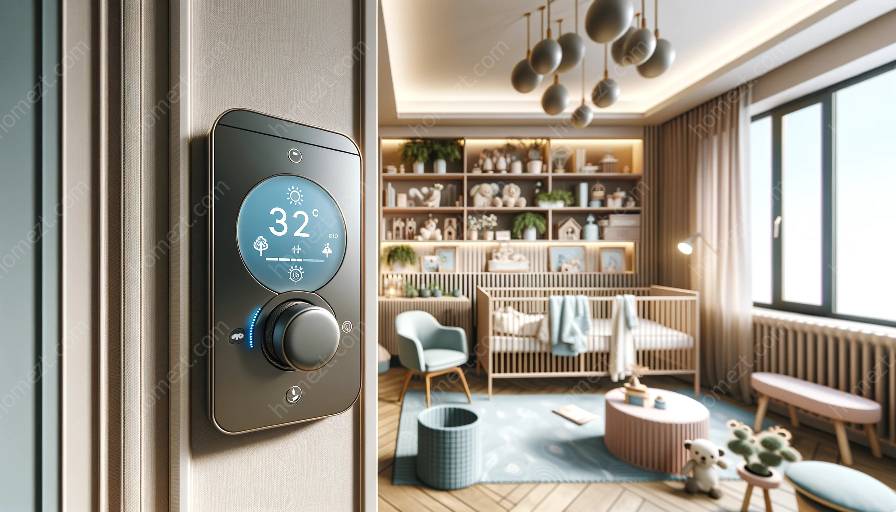Water safety is a critical aspect of child care, especially in nursery and playroom settings. It involves ensuring that children are kept safe around water and are taught essential safety measures. In this article, we'll explore the importance of water safety for children and provide practical tips to promote a safe and enjoyable water experience.
The Importance of Water Safety
Water activities can be incredibly fun and beneficial for children's development. However, they also pose potential risks if proper safety precautions are not in place. In a nursery or playroom environment, where children may be engaging in water play, it's essential to prioritize their safety.
Understanding Safety Measures
Before allowing children to engage in water activities, caregivers and educators should be well-versed in water safety measures. This includes knowledge of CPR, first aid, and rescue techniques, as well as an understanding of appropriate water depths and supervision requirements.
Supervision and Accessibility
One of the most fundamental safety measures in a nursery or playroom setting is continuous supervision. Children should never be left unattended around water, and all water sources should be inaccessible when not in use. This could involve implementing childproof locks on water features such as fountains, sinks, and tubs.
Teaching Water Safety
Children should be educated on water safety from an early age. This includes teaching them basic swimming skills, such as floating and treading water, and emphasizing the importance of never entering water without adult supervision. Incorporating these lessons into the nursery or playroom curriculum can help instill good habits and promote a sense of responsibility around water.
Safety Measures in the Playroom
When setting up a playroom with water features, it's crucial to incorporate safety measures into the design. For example, choosing shallow water play tables or pools with safety locks can help minimize risks. Additionally, providing non-slip mats around water play areas can reduce the likelihood of slips and falls.
Regular Maintenance
Ensuring that all water play equipment is regularly maintained is another essential safety measure. This includes checking for leaks, cleaning play areas to prevent mold and mildew buildup, and replacing damaged equipment promptly. By keeping the playroom environment clean and well-maintained, the risk of accidents and water-related illnesses can be significantly reduced.
Conclusion
Water safety in nursery and playroom environments requires a proactive approach to minimize risks and create a safe, enjoyable experience for children. By understanding and implementing appropriate safety measures, caregivers and educators can promote a positive water play environment that supports children's development while prioritizing their safety.


